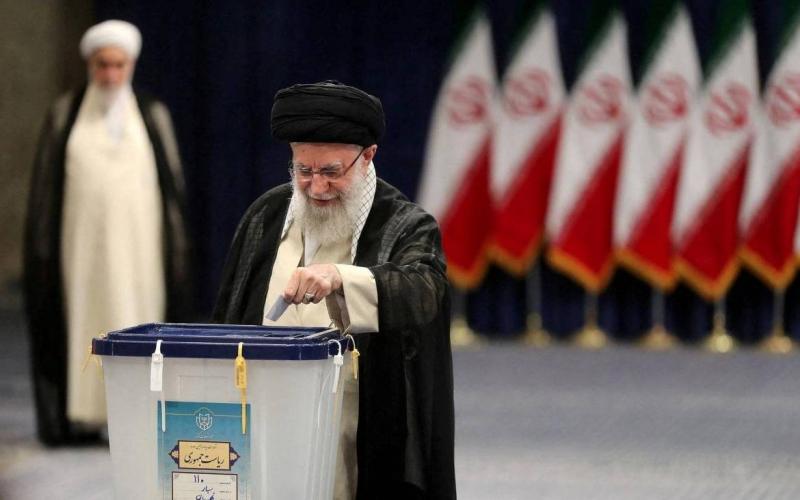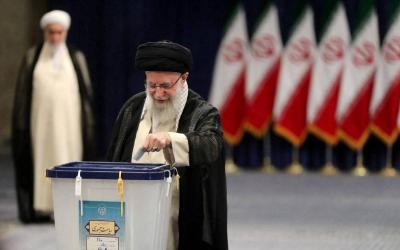Iran has maintained its electoral experience, which has been characterized since its inception by competition and sometimes power turnover within the system between two factions: the reformists and the conservatives. It is true that the protests that accompanied the 2009 elections, in which a "true" reformist candidate, Mir Hussein Mousavi, was declared the loser and considered by his supporters to be fraudulent, have led to a situation where Iran no longer accepts full competition between reformists and conservatives. Instead, the ruling system now requires that reformists be acceptable to the conservative faction that controls the state institutions.
According to the Iranian constitution, the Guardian Council, consisting of 12 members from religious and legal backgrounds and overseen by Supreme Leader Ali Khamenei, inspects the names of the candidates within 10 days after the registration period ends. The council has excluded many candidates, including former conservative president Mahmoud Ahmadinejad and many reformist hopefuls, allowing only the reformist candidate Masoud Bezhoki, who received about 10.5 million votes, and conservative candidate Saeed Jalili, who received around 9.5 million votes, to proceed to a runoff to determine the next president.
The Iranian political system presents a model for elections whose rules are predetermined, thus almost eliminating the occurrence of fraud or manipulation in voter turnout rates. The constitutional institution sets its rules, so the results are often known in advance. The advantage of competition among factions within the system is that it assists in renewing the ruling elite, enabling it to address numerous challenges more efficiently. However, its main drawback is that over time, people lose interest in the electoral process, leading them to echo the famous Egyptian saying: "Ahmed is just like Hajj Ahmed," and withdraw from participating in elections. This explains the low turnout in the recent elections, which reached 40%, the lowest participation rate in the history of the Islamic Republic.
This situation has been compounded by the reality that competition among the factions within the system does not lead to change or reform within the ruling structure, which has seen a contradiction since the establishment of the Iranian political system after the 1979 Iranian Revolution between the enormous powers of the revolution's leader elected from among the clergy and the president elected by the people. This duality encompasses almost all of Iran's political system institutions, not just the duality of the president and the supreme leader but also appears between the Islamic Consultative Assembly (parliament) and the Guardian Council, as well as in the armed forces, including the regular Iranian army and the Revolutionary Guard.
The runoff election in Iran will take place as scheduled, and if the reformist president wins as expected, it could indicate changes in some details of Iranian policy, which some believe could lead to larger changes that have yet to occur.




